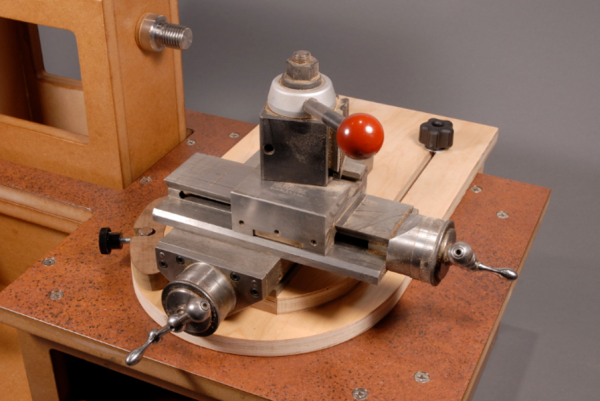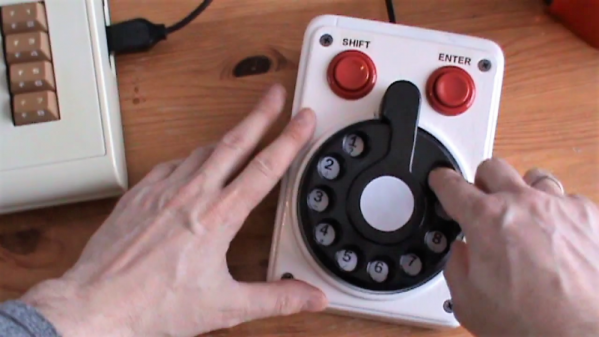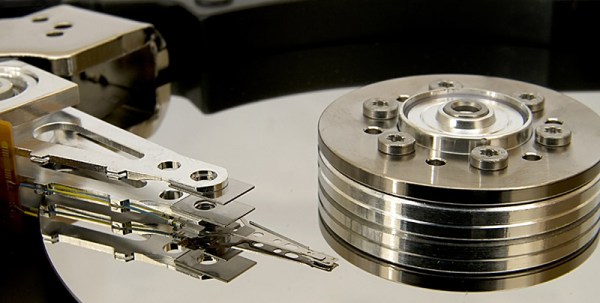The basics of a skill may take a long time to master, but there is always something else to learn about regardless of the craft. Building a piece of fine furniture out of hardwood or being able to weld together a bicycle from scratch are all impressive feats, but there are fine details that you’ll only learn about once you get to this level of craftsmanship. One such tool that will help with these intricacies is known as the rose engine lathe.
This tool is based on an average lathe, typically used for creating round things out of stock which is not round. A rose engine lathe has a set of cams on it as well which allow the lathe to create intricate patterns in the material it’s working with, such as flower type patterns or intricate spirals. One of the most famous implementations of this method was on the Fabergé eggs. While this might make it sound overly complex, this how-to actually shows you how to build your own rose engine lathe out of a piece of MDF and a large number of miscellaneous pieces of hardware.
We recently featured another build which performs a similar function called engine turning. While similar, this is the method responsible for creating overlapping spirals on a piece of metal. Either way, both projects are sure to spice up your metal or woodworking endeavors.
Thanks to [PWalsh] for the tip!

















